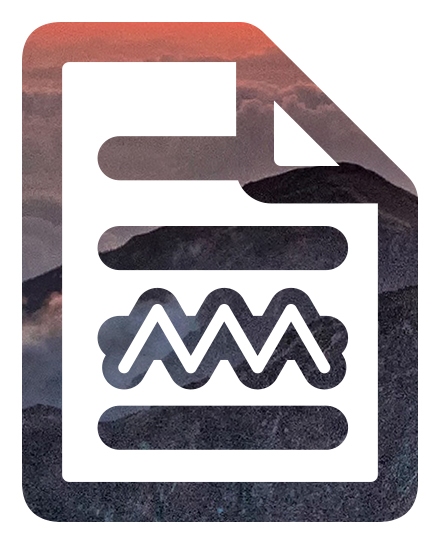Creative Copywriting and Translation
 Trying to be creative when writing copy that will also need to be translated? When in doubt, leave it out.
We often receive English content that cannot be easily rendered in other languages. For example, the copy may contain phrasing or imagery that, even when translated, may not make sense in another culture. Not all languages use the same manner of speaking.
Below are some examples of creative content that can be challenging:
Trying to be creative when writing copy that will also need to be translated? When in doubt, leave it out.
We often receive English content that cannot be easily rendered in other languages. For example, the copy may contain phrasing or imagery that, even when translated, may not make sense in another culture. Not all languages use the same manner of speaking.
Below are some examples of creative content that can be challenging:
- Catch phrases, colloquialisms, proverbs or idioms: “A piece of cake,” when translated literally, may make the reader hungry, but will not necessarily indicate that something is easy. The linguist will need to find an equivalent idiom or may need to come up with a less-creative phrase to express the same intent.
- Slang or jargon: Jargon could be terms that are specific to a particular industry, which would need input from a local speaker in that industry or may be better off to leave in English. Slang words may not have the same meaning in another culture, and could be misunderstood.
- Rhyming words: While words may rhyme in English, and might also rhyme in a particular language, this may not be the case in all languages. The translated text may not have the same or desired impact.
- Sports analogies: It is best to stay away from sports analogies unless you are certain the sport is popular in a particular region. A marketing brochure cleverly based around baseball terminology—“rounding home,” “hitting a home run,” etc.—would be nearly impossible to translate for audiences in Europe, where soccer is the most popular sport. To have the same impact, the whole brochure should be rewritten using soccer metaphors.
- Company taglines: These are often left in English. However, some companies may choose to transcreate equally impactful local taglines, which are then used consistently in the target languages.
- Abbreviations and acronyms: Most acronyms, when literally translated, no longer spell out the same word in other languages. Character-based languages, like Chinese, do not use acronyms at all. When using creative acronyms, decide whether you want to keep the acronym in English (explaining the meaning in the translation) or develop an equally impactful acronym or term in the target language.
- Imagery and colors: Besides the text, a native speaker of the target country should review any visual element. Certain animals or colors may be offensive in some cultures. Owls may indicate wisdom in the United States, but in Italy an owl sighting is a vision of the spirits of the dead. Some countries negatively view imagery with insects, because they are associated with disease. The color red can signify good luck in China, and danger and evil in the Middle East.
Click for a quote. We will be in touch to discuss your requirements and solution options. To set up a call to further discuss your needs or additional information, please send an email to info@translate.one


